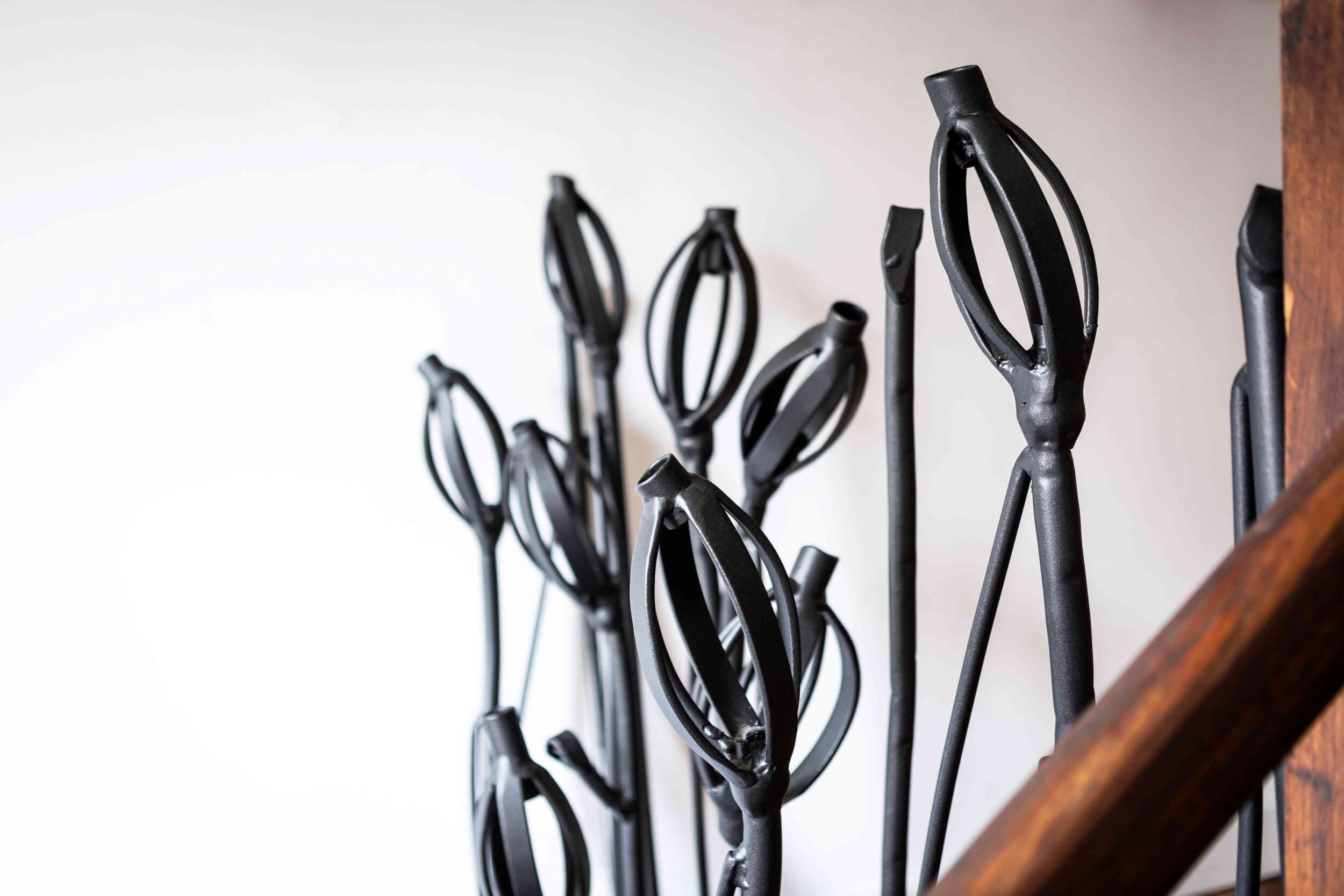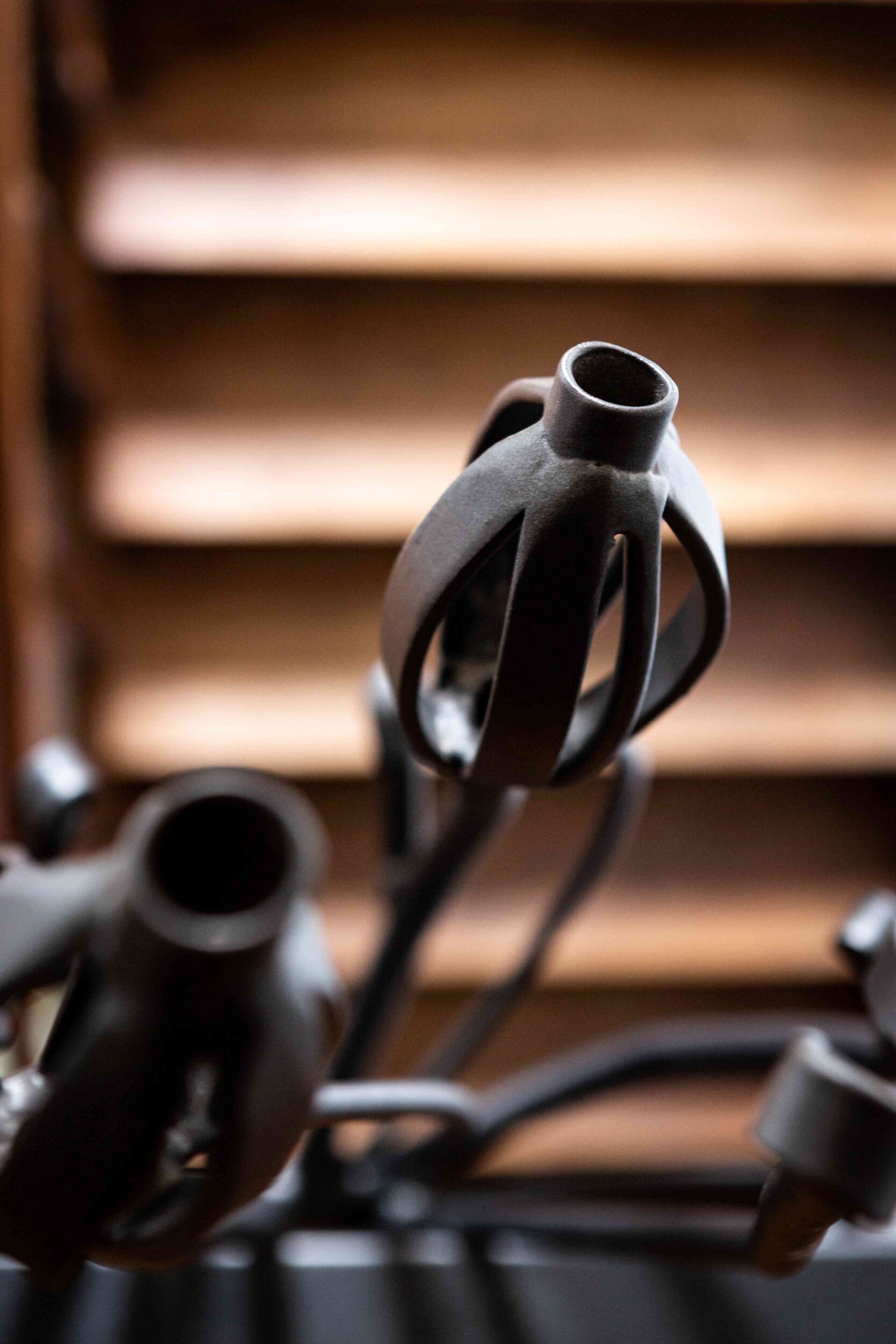
Work By Rob van Avesaath
Photography Remy Frints
False assumptions
Once we had no assumptions, neither true or false, they had not yet formed. We all experienced this, even though we cannot remember. We knew nothing, but discovered things we did not understand. No one told us to do it, it is just human instinct. We all know about gravity, light, hard & soft, warm & cold, flavours & smells. What we are perhaps unaware of is how quickly we decide that we know all there is to know about a particular thing and shut away our curiosity. Perhaps this starts around the time we stop having to pop things in our mouths to learn how big they are. OK, perhaps a little while later. But there definitely comes a point when we think we know what we need to know about the things we encounter. We assume we know all we need to know.

Shortcuts
Assumptions are shortcuts, and very useful time-savers they are too. Imagine you had to test the bedroom floor every morning to check it would support your weight before you jumped out of bed. Or if you felt you needed to smell every glass of water just drawn from the tap? There are lots of things we can just depend on. That’s great. But there are times when we would be well-advised to question and reexamine our ideas. And before things go wrong.

Limitations
It is essential that designers not only handle materials, but that they work with them too. You will only discover a material has different properties, from those you thought you knew it had, if you are handling it. Mistakes along the journey of discovery reveal completely new insights. When a designer, artist or artisan decides to create something new, should they rein in their assumptions? Or othewise risk being limited by them.

Tactile
A maker can draw in 3D, create a light effect and apply colours or patterns to a surface on a computer screen. But you cannot feel how heavy something is from a computer rendition or feel how cold it is to the touch. The times we are jolted out of our assumptive sleep is when our sense of touch tells us something different from we expected. A shiny surface must be hard, right? But a puddle can be as reflective as a mirror. Perhaps that is why the things we are most intrigued by look like something they are not.
Is that the problem? Do we like false assumptions too much?
